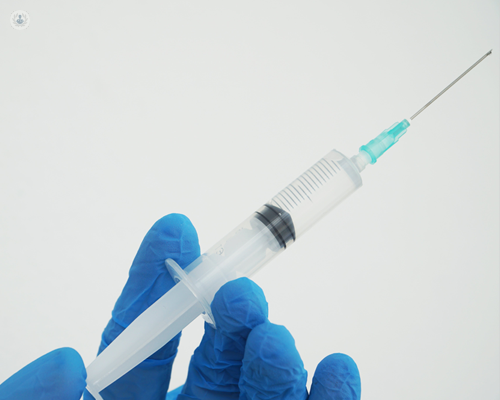Nanofat
What is Nanofat grafting?
Nanofat grafting is a minimally invasive procedure that counteracts the signs of ageing by regenerating the skin. To do this, a specialist will use liquified and filtered fat, which is rich in stem cells, from the patient’s own body.

Why is it done?
Nanofat grafting rejuvenates the face and body by restoring the volume and quality of the skin. It’s designed to treat delicate areas such as:
- wrinkles around the lips;
- dark circles;
- the neck and or neckline.
Furthermore, nano fat can be used to fill the nasal grooves, cheekbones and lips. It can also be used to lessen the impact of scarring.
What does it involve?
Nanofat grafting involves the removal of fat from the hips or abdomen by using a micro-cannula (an injection device). The adipose tissue (fat full of stored energy) that has been removed will be centrifuged and purified to become filtered. Once the fat is filtered and in its desired state for the treatment, it can be injected into the area.
It's performed under local anaesthesia and does not require hospitalisation. Unlike traditional fillers, the nanofat technique provides stable and long-lasting results thanks to the autologous tissue (tissue from the patient’s own body). As the fat filler is not a foreign body, it does not cause allergic reactions or pose a risk of rejection.
How do you prepare for nanofat grafting?
Two weeks before receiving the injections, anticoagulants (blood thinners) and analgesic (painkiller) medications should not be taken. To reduce the likelihood of bruising from the injection, smokers should refrain from smoking tobacco the week before having nanofat grafting.
This procedure should not be performed on any pregnant or breastfeeding women. Also, it’s advisable to avoid having this treatment during menstruation.
What's involved in the aftercare of nanofat grafting?
After a nanofat infection, you should avoid direct exposure to sunlight for at least one month.